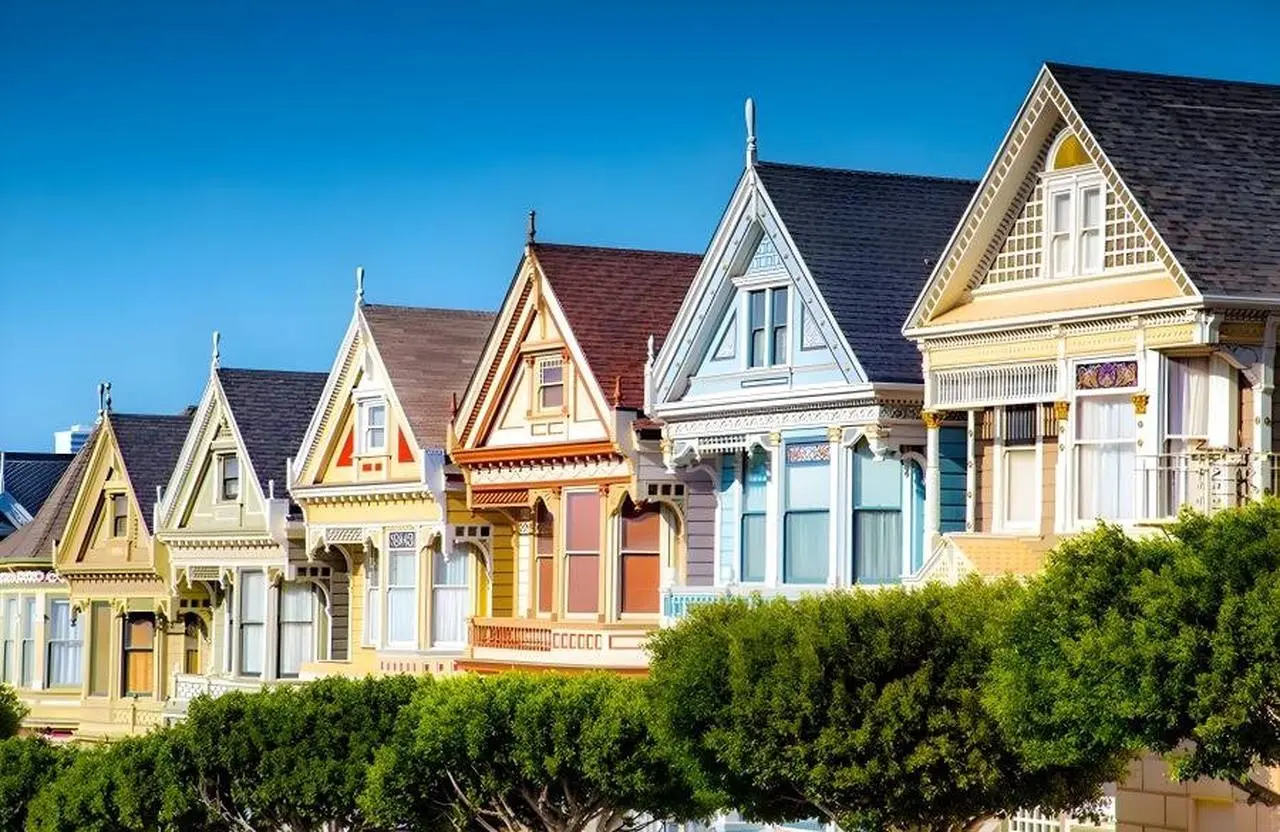Victorian architecture, originating in the 19th century during the reign of Queen Victoria, has long been admired for its ornate detailing, intricate designs, and the elegance of a bygone era. While the historical Victorian era has passed, its architectural style endures, reimagined in the modern world. This article explores the allure and characteristics of modern Victorian architecture, a captivating fusion of the past and the present.
Honoring Tradition: Key Characteristics of Modern Victorian Architecture
Modern Victorian architecture is a distinctive style that seeks to pay homage to its historical roots while adapting to contemporary needs and materials. Several key characteristics define this architectural movement:
1. Ornate Detailing: Victorian architecture, both historical and modern, is known for its attention to detail. Elaborate trim work, decorative spindles, and intricate patterns on gables and facades are a hallmark of this style. These elements add a sense of grandeur and elegance to modern Victorian structures.
2. Steep Rooflines: Modern Victorian homes prominently feature high-pitched gable roofs adorned with dormer windows, paying homage to their historical counterparts. These roofs often showcase decorative shingles or slate tiles, contributing to the distinctive aesthetic.
3. Turrets and Towers: Modern Victorian architecture often includes turrets and towers that serve both as architectural statements and functional interior spaces. These elements convey the romanticism of the Victorian era and create unique living areas.
4. Bay Windows: Large bay windows with intricate stained glass designs are common in modern Victorian homes. These windows not only flood the interior with natural light but also add character to the exterior, enhancing the overall appeal.
5. Colorful Palettes: Victorian houses have a reputation for their vibrant color schemes, and modern interpretations carry on this tradition. Bold and contrasting colors are often used, making these homes stand out with their visual impact.
6. Verandas and Wraparound Porches: Modern Victorian architecture prominently features spacious verandas and wraparound porches, offering ample outdoor spaces for relaxation and socialization. These areas maintain a connection to the past while catering to contemporary lifestyle needs.
(Image: X.com)
Modern Victorian Architecture: A Diverse and Eclectic Influence
Modern Victorian architecture doesn't exist in isolation; it draws inspiration from various sources, making it a diverse and captivating style:
1. Victorian Era Heritage: The most significant influence on modern Victorian architecture is the original Victorian era itself. Characterized by a fascination with historical revivals, eclectic styles, and a commitment to craftsmanship, the Victorian era serves as the foundation for this architectural style.
2. Modern Building Techniques: While the aesthetics of modern Victorian architecture remain rooted in the 19th-century style, the construction methods have evolved. Contemporary materials such as steel framing and concrete foundations are utilized to enhance structural integrity and energy efficiency.
3. Sustainability: In line with the growing emphasis on sustainable design, modern Victorian architecture incorporates features like energy-efficient windows, insulation, and solar panels. This not only reduces the environmental impact but also adapts the style to the demands of the present.
4. Interior Layout: Modern Victorian homes feature interior layouts that cater to the needs of today's homeowners. Open floor plans, modern kitchens, and updated bathrooms are commonly integrated, marrying the elegance of the past with the functionality of the present.
5. Technology Integration: These homes often incorporate smart technology, enabling residents to control lighting, climate, and security systems seamlessly. This integration of modern conveniences adds to the adaptability of the style.
(Image: architecturesstyle.com)
The Significance of Modern Victorian Architecture in Contemporary Society
Modern Victorian architecture carries profound significance in contemporary society:
1. Preservation of Heritage: It plays a pivotal role in preserving architectural heritage while making it accessible to contemporary homeowners. This ensures that the beauty and craftsmanship of the Victorian era endure for future generations.
2. Unique Aesthetic: The fusion of historical charm with modern functionality results in homes that stand out in today's architectural panorama. Modern Victorians are often celebrated for their uniqueness and aesthetic appeal, attracting homeowners who appreciate the marriage of tradition and innovation.
3. Community Character: Modern Victorian neighborhoods contribute to the creation of vibrant and visually appealing communities. These homes foster a sense of identity and history among residents, promoting a strong community spirit.
4. Adaptability: The flexibility and adaptability of modern Victorian architecture render it suitable for a wide spectrum of lifestyles. Whether as traditional family homes or urban condos, this style can be tailored to meet the diverse needs and preferences of homeowners.
In conclusion, modern Victorian architecture is a testament to the enduring appeal of a bygone era's architectural style. By blending historical charm with modern innovations, it captures the essence of the past while embracing the needs and preferences of contemporary homeowners. In doing so, it not only preserves heritage but also contributes to the creation of vibrant communities and unique, beautiful homes. As a bridge between the past and the present, modern Victorian architecture remains a captivating fusion of history and innovation, ensuring that the elegance of the Victorian era never truly fades away.
Please watch the video below for more about “I Built The First Ever Modern Victorian House.”



Leave a Comment